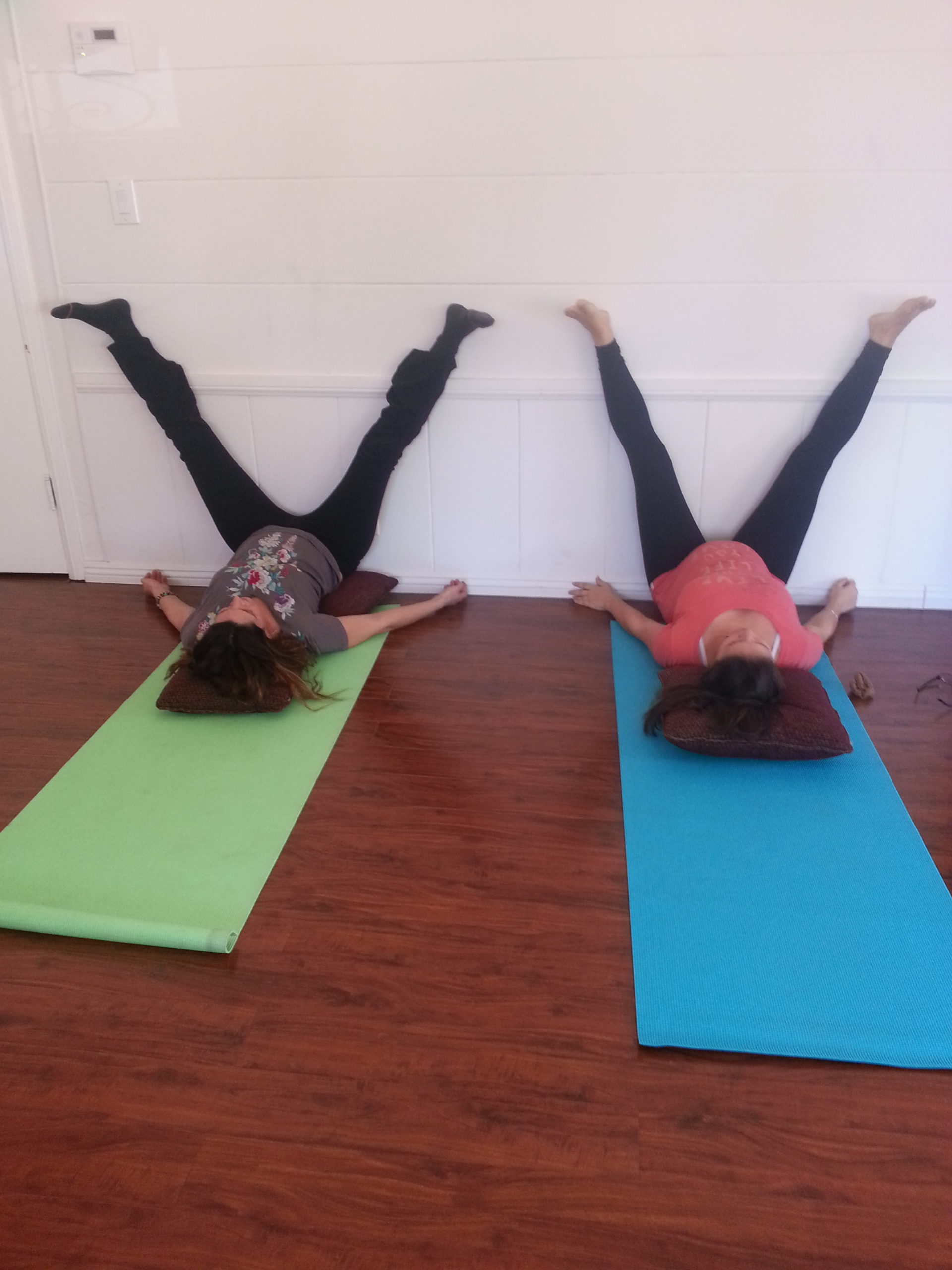Pre-Natal Yoga
id-682a48b4846ec

id-682a48b49ae9c
 The American College of Obstetricians and Gynecologists say that modified or prenatal yoga is one of the safest forms of exercise during pregnancy. They also recommend combining a yoga practice with other types of activity such as walking, swimming, or stationary cycling.
The American College of Obstetricians and Gynecologists say that modified or prenatal yoga is one of the safest forms of exercise during pregnancy. They also recommend combining a yoga practice with other types of activity such as walking, swimming, or stationary cycling.
During pregnancy, your body goes through many changes, which creates stress on you mentally and physically. A way to maintain a healthy mind and body is prenatal yoga because it focuses on poses for pregnant women, in order to increase strength and flexibility. It also helps pregnant women to develop proper breathing and relaxation techniques for easier and more comfortable labor.
Prenatal yoga can be a great way to prepare for childbirth.
If you're pregnant and looking for ways to relax or stay fit, you might be considering prenatal yoga. But did you know that prenatal yoga might also help you prepare for labor and promote your baby's health?
I want to help you understand the range of possible benefits, as well as what a typical class entails and important safety tips.
What are the benefits of prenatal yoga?
Much like other types of childbirth-preparation classes, prenatal yoga is a multifaceted approach to exercise that encourages stretching, mental centering and focused breathing. Research suggests that prenatal yoga is safe and can have many benefits for pregnant women and their babies.
The Mind-Body benefits of pre-natal yoga:
- Keeps the body active
- Stabilizes your mood
- Reduced stress and anxiety - Helps with mental centering
- Reduces overall symptom burden of pregnancy.
- Increase the strength, flexibility and endurance of muscles needed for childbirth - Focuses on pelvic floor muscles
- Encourages breathing exercises
- Prepares the body for childbirth
- Increased well-being in young pregnant women
- Encourages community support
- Improved sleep
- Decrease lower back pain, nausea, and headaches
- Decreased carpal tunnel syndroms
- Reduced risk of preterm labor
- Lowered risk of intrauterine growth restriction(a condition that slows the baby’s growth)
In addition to the benefits listed, studies have found there is a relationship between prenatal yoga and the reduction of hypertension-related complications, as well as, improvement of fetal outcome.
What happens during a typical prenatal yoga class?
A typical prenatal yoga includes many elements listed below. Additionally, in my prenatal yoga classes I include a basic childbirth course to help prepare expecting mother. All together these classes might involve:
- You'll be encouraged to focus on breathing in and out slowly and deeply through the nose. Prenatal yoga breathing techniques might help you reduce or manage shortness of breath during pregnancy and work through contractions during labor.
- Gentle stretching.You'll be encouraged to gently move different areas of your body, such as your neck and arms, through their full range of motion.
- While standing, sitting or lying on the ground, you'll gently move your body into different positions aimed at developing your strength, flexibility and balance. Props — such as blankets, cushions and belts — might be used to provide support and comfort.
- Cool down and relaxation. At the end of each prenatal yoga class, you'll relax your muscles and restore your resting heart rate and breathing rhythm. You might be encouraged to listen to your own breathing, pay close attention to sensations, thoughts and emotions, or repeat a mantra or word to bring about a state of self-awareness and inner calm.
I follow all safety and wellness guidelines for prenatal yoga.
















